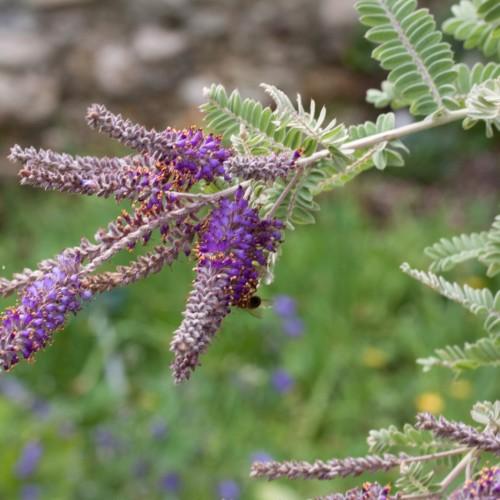
Dwarf False Indigo
Amorpha nana
Also Known As - Fragrant Indigo Bush,Dwarf IndigobushWatering:
Frequent
Hardiness Zone:
Sun:
full sun
Growth Rate:
Low
Salt Tolerant:
Yes
Thorny:
Yes
Invasive:
Yes
Care Level:
Moderate
watering
Ideally, European Beachgrass should receive plentiful amounts of water when it is first planted and during intense heat, typically 1-2 inches of water per week. After the plant is established, however, it should not receive any supplemental water and can easily survive in dry and hot environments. If the soil is sandy, a small amount of water (no more than 1 inch) should be provided to the beachgrass once per month in the hottest part of the summer.
sunlight
European beachgrass needs at least 6 hours of direct sunlight each day. For optimal growth, it should get exposure to 8 to 10 hours of direct sunlight. When planted during the summer months, it should be exposed to full midday sun, whereas during the winter months, it shouldn’t be exposed to more than 2 to 3 hours of direct sunlight in the afternoon.
pruning
Pruning European Beachgrass (Ammophila arenaria subsp. arenaria) is an important step in keeping the plant healthy and strong. Pruning should be done annually in the spring, just before the new growth period. It is recommended to prune away the dead growth from the previous season and to trim seed heads, as well as any wayward or competing stems. Prune back the grass to 6-10 inches in height, removing no more than 1/3 of the total height at any 1 time. More extensive pruning, such as reducing the plant to 2-3 inches in height, should be done over a period of several years to prevent damage. Pruning will help ensure that the plant remains healthy, attractive, and dense.
